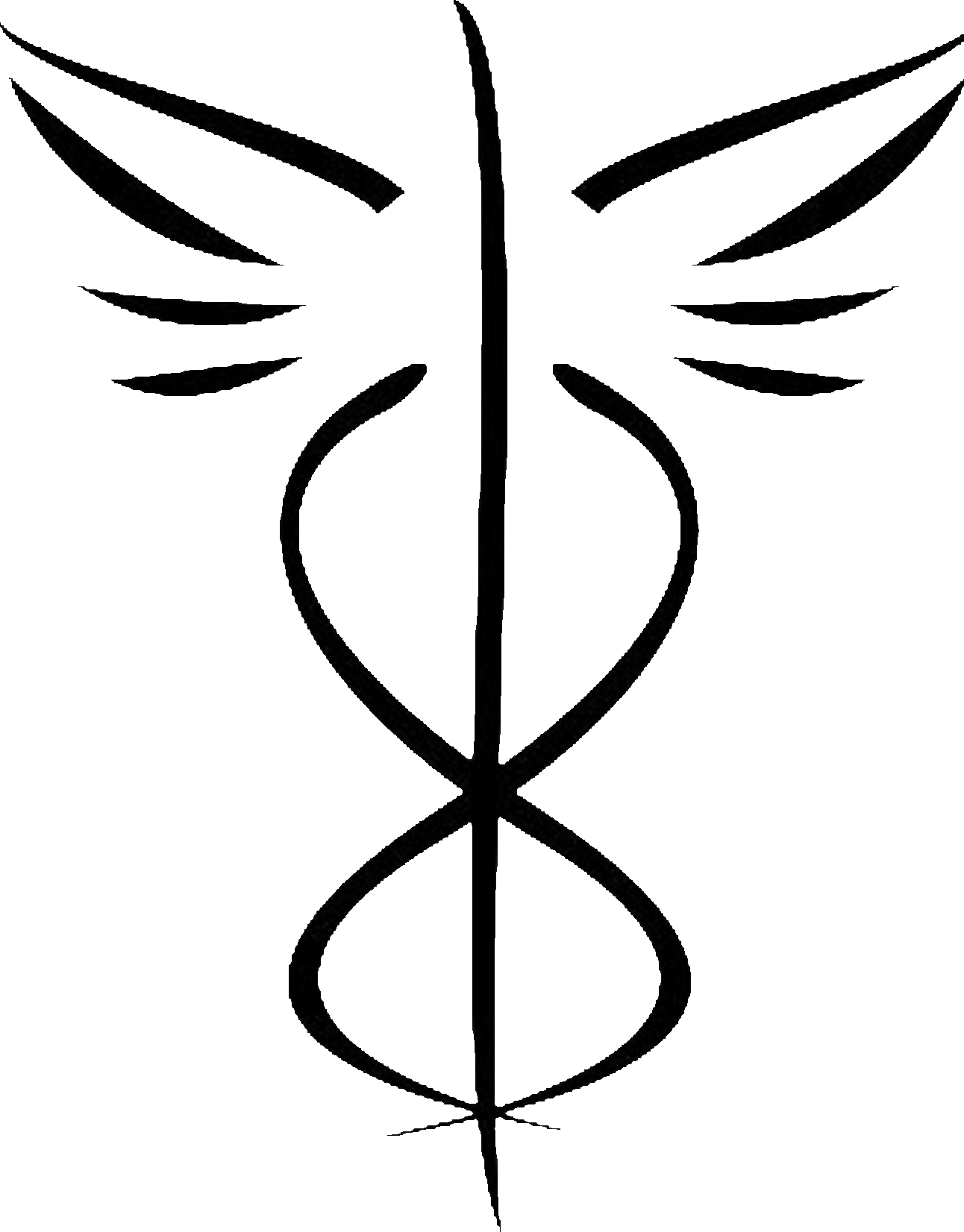Summary: Dosing iron every other day seems to be likely superior (but at least non-inferior) to daily dosing and reduces potential side effects from iron therapy. — DCS–
Taking Iron Every Other Day Linked to Better Absorption in Iron-Deficient Women (jwatch.org)

- Although the iron profile response of the TID arm was earlier than the TIW arm, almost all patients recovered from anemic symptoms at week 4, and hematologic responses were not different at week 12. There were more gastrointestinal AEs in the TID arm. In conclusion, this study showed that the TIW was non-inferior to the TID iron treatment of IDA patients but less AEs and costs.
- There is no significant difference between alternate day and daily iron administration in improving hemoglobin.
- At equal total iron doses, compared to consecutive day dosing of iron, alternate day dosing did not result in higher serum ferritin but reduced iron deficiency at 6 months and triggered fewer gastrointestinal side effects.
- Alternate day dosing of oral iron supplements in anemic women may be preferable because it sharply increases FIA. If needed, to provide the same total amount of iron with alternate day dosing, twice the daily target dose should be given on alternate days, as total iron absorption from a single dose of 200 mg given on alternate days was approximately twice that from 100 mg given on consecutive days (P<0.001).
